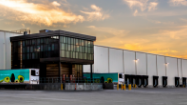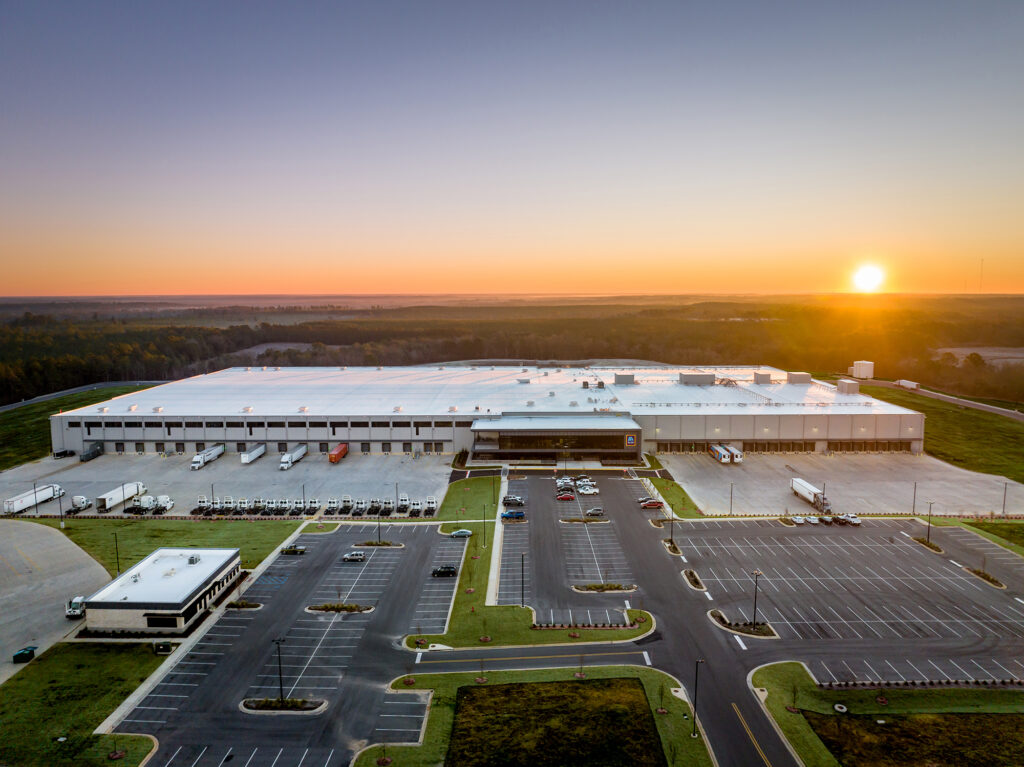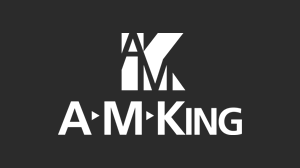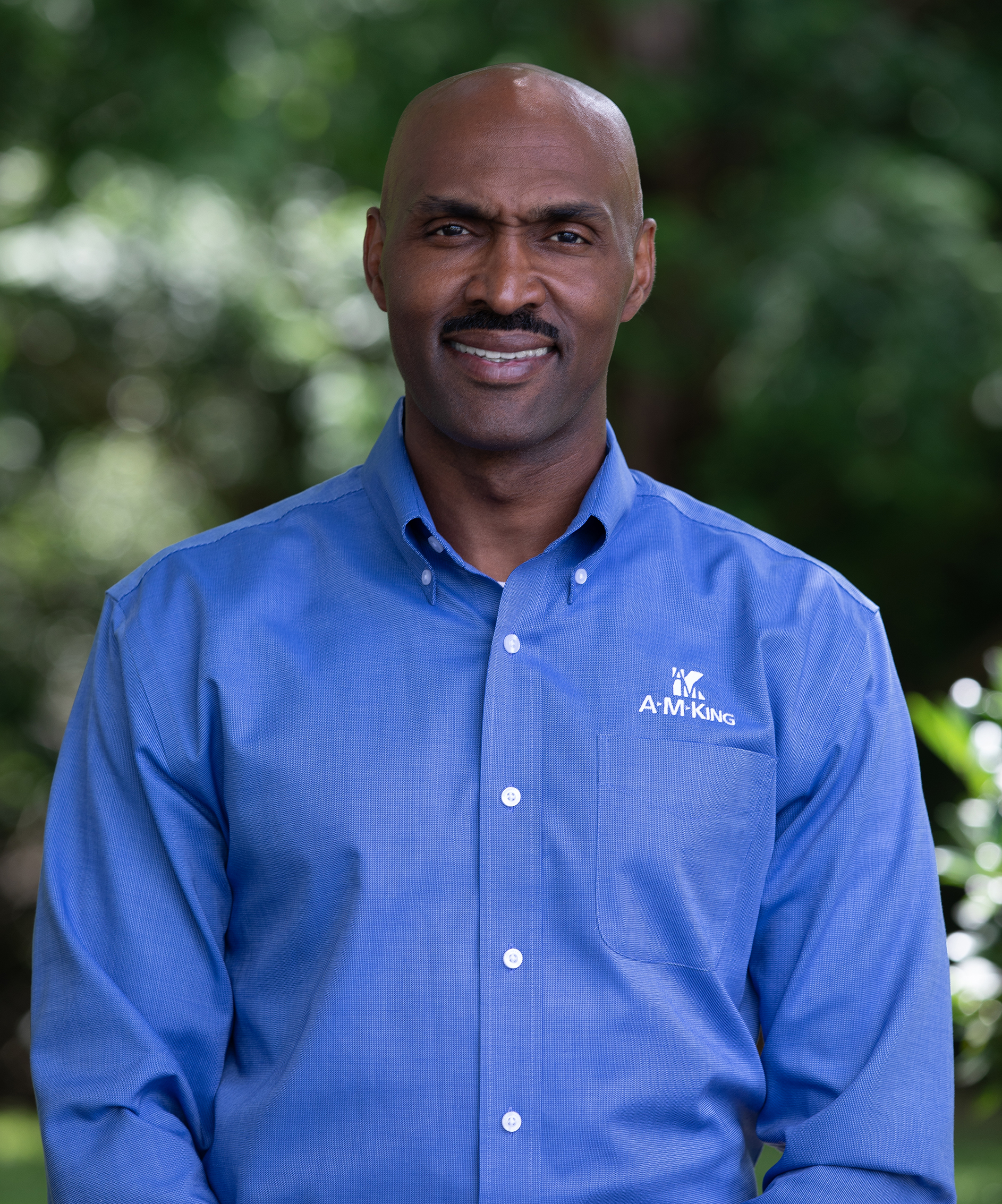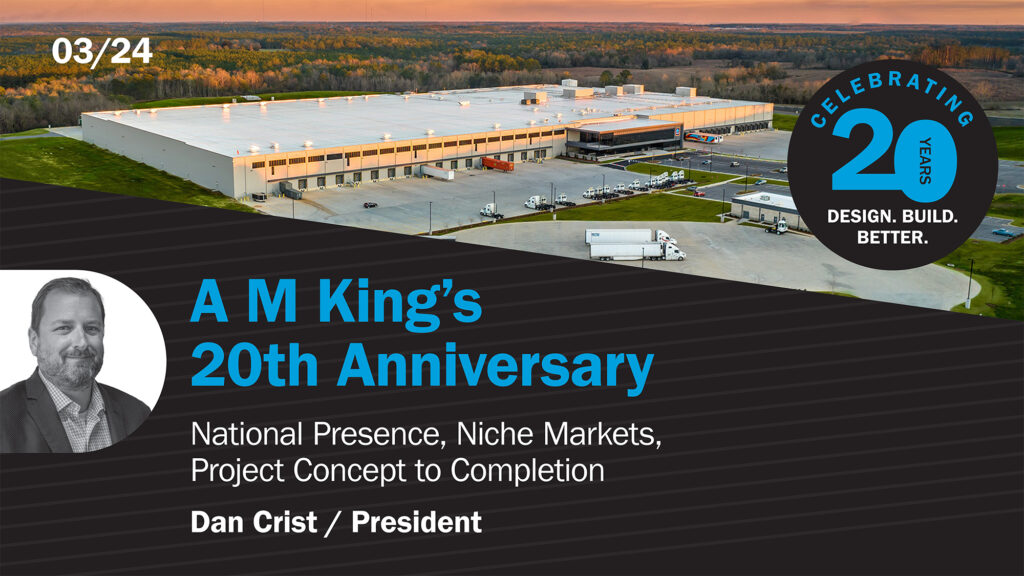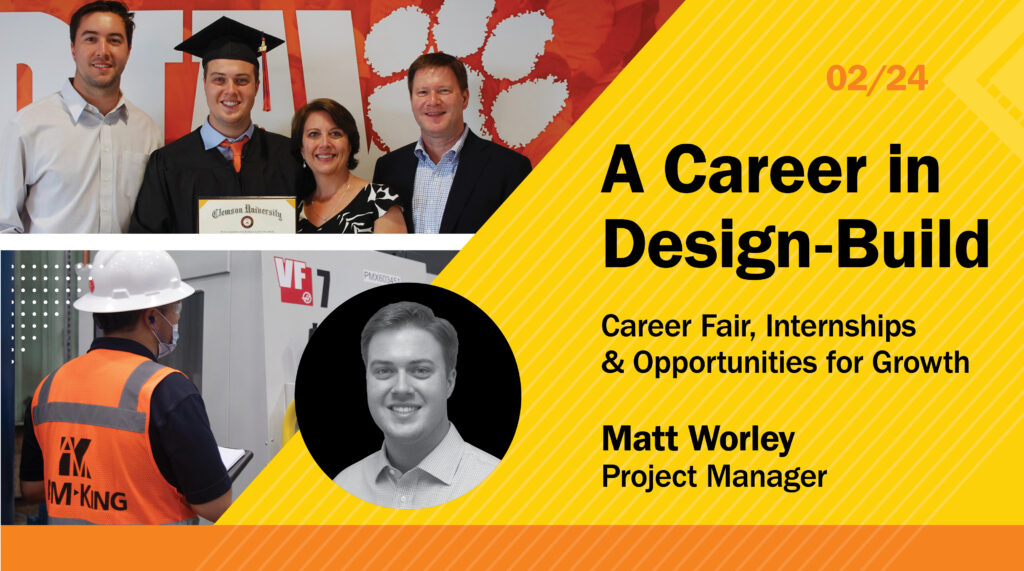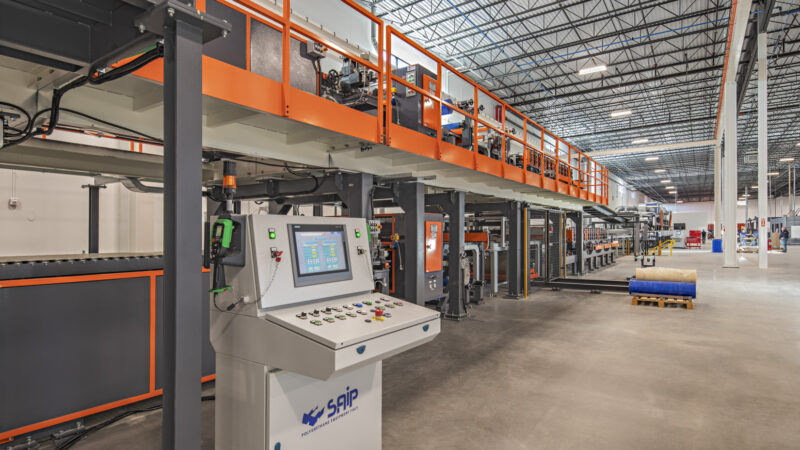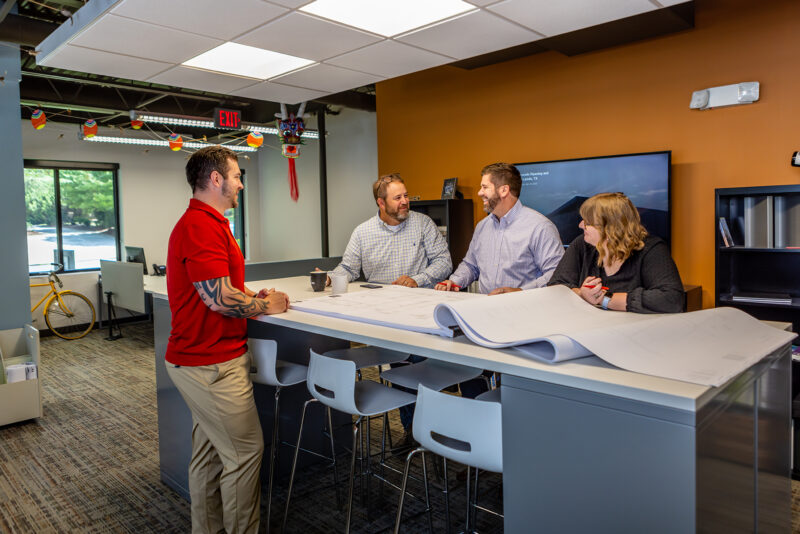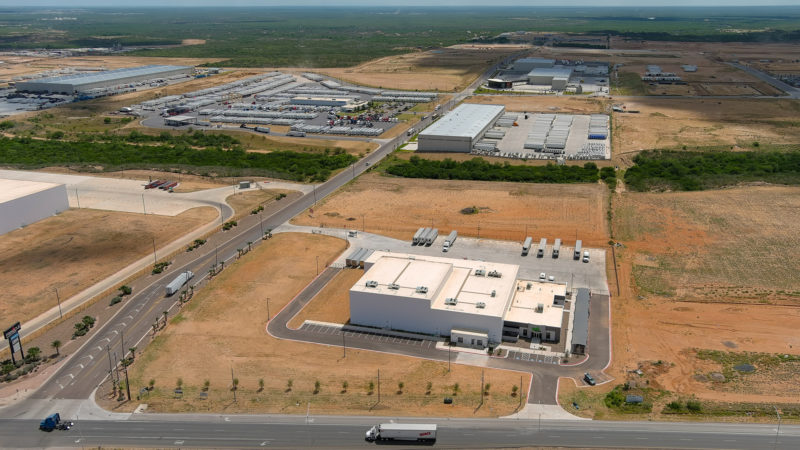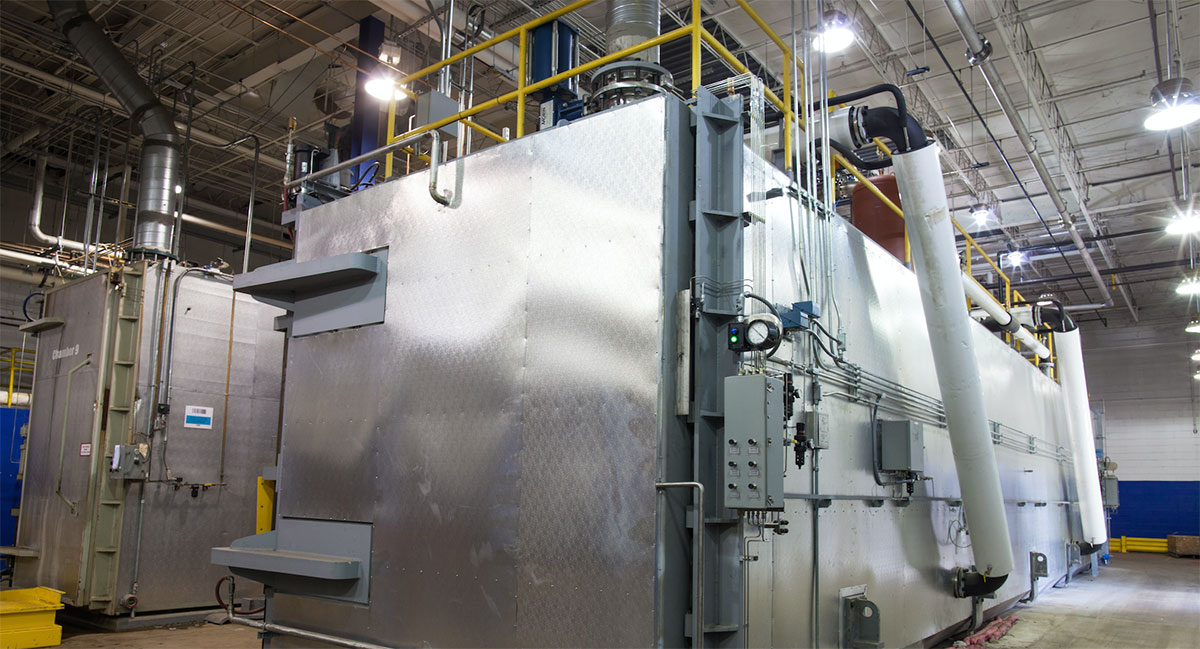
Meeting the Challenges of Installing Large and Complex Manufacturing Equipment
Providing facility services to the manufacturing industry requires a variety of skill sets and a high level of knowledge in a number of areas. One of the more challenging, yet most important, areas of our work is the setting and installation of manufacturing equipment. In today’s manufacturing environment, equipment often includes a variety of complex and technical components and electronics– which in turn highly automate functions and processes. Furthermore, much of this equipment is large, with heights and lengths measured in many feet, and weights measured in tons.
The manufacturing equipment found in today’s facilities is not only large and complex, but also very expensive. Most of this equipment is custom designed and fabricated, takes months to build, and requires specific expertise for commissioning and start-up. Manufacturers purchase their new equipment as an investment, with a specific ROI (Return on investment) duration. An efficient install is necessary to ensure the equipment operates correctly in order to support a manufacturer’s overall facility production goals.
Challenges:
After setting and installing hundreds of various pieces of equipment over many years, we understand that this work presents a number of challenges. One small mistake can be costly, not only in dollars, but also to production and even to individuals. While challenges will vary for each project, a few of the more typical challenges that we often face on equipment installations include the following:
- Confined or tight working spaces: The areas designated for an equipment install are often small, with minimal room for maneuverability. In addition, adjacent existing equipment may also be in close proximity.
- Equipment weights exceeding overhead crane capacity: This situation is increasingly more common. Overhead cranes have often been installed years prior, and the newer equipment is much larger and heavier than what was originally anticipated. Therefore, we must become creative with lifting devices, additional crane support, and utilizing second cranes.
- Time constraints: Once equipment arrives, it must be unloaded and moved into place immediately. Oftentimes, equipment installation may further involve plant shutdowns, production interruptions, and employee impacts. Once the installation of a piece of equipment begins, the work must occur efficiently and without unnecessary delays. A delay in one machine install could cause a ripple delay affecting several machines and overall production.
- Extreme sensitivity of equipment: Much of the newer manufacturing equipment consists of the most advanced level of electronics and components available, and operates to such exact requirements and specifications, that regardless of its massive size and weight, it must be handled with the same level of care as a pane of glass.
- Safety concerns: The installation of large and heavy pieces of equipment is dangerous, and the larger and heavier the equipment, the greater the magnitude of potential incidents. Not only can damage occur to the new equipment being installed, but adjacent pieces of equipment can also be damaged, and in the worst-case scenario, people can be hurt.
Solution:
Detailed preparation for equipment installation is paramount. Our experienced team uses the Design-Build delivery system to prepare the foundation and utilities required for the machine. Based on manufacturer’s information, machine weight, center of gravity, pick points, and clear dimensions, a formal plan is created for the install. The plan includes determining that all machine and existing building interferences are avoided, the lifting equipment has sufficient capacity and range to safely move the equipment, and rigging accessories are approved for the specific task.
Our planning process involves all necessary parties. This would include plant engineers, equipment operators, the equipment suppliers, and of course our team of associated subcontractors and vendors. Our planning process is comprehensive in its scope, contains contingencies in the case of unforeseen situations, and ultimately has a written standard of success completion that can be acknowledged by all involved parties.
In summary, the key to our success with equipment installation is that we develop detailed plans and take extreme care with each install.
